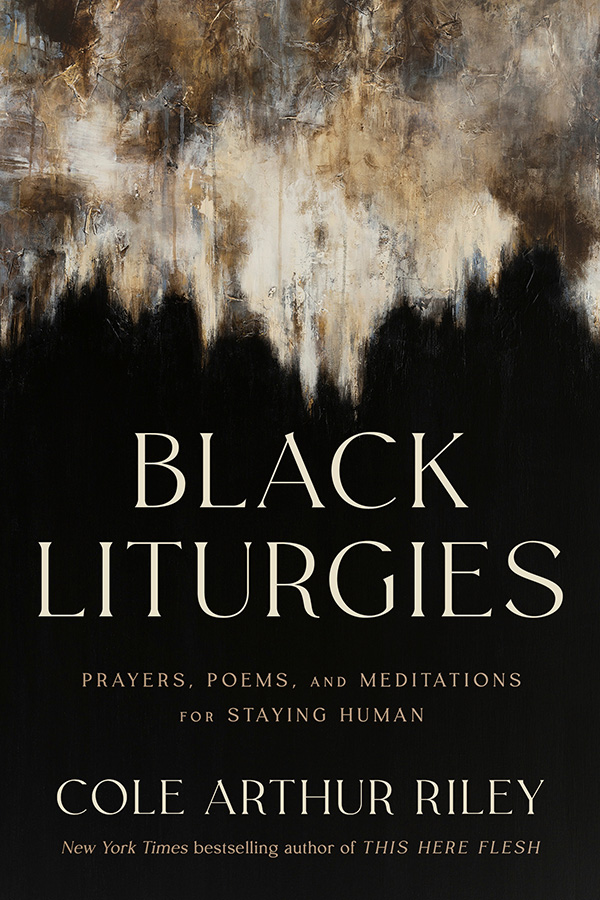Until a week ago, I’d never heard of Greg Zanis. Then I saw a picture of him with a couple of wooden crosses in his arms, making a delivery to Aurora, Colorado, site of the dreadful cinema shooting spree that has caused such death and anguish. Greg had hand-made 12 crosses, one for each of those killed, and was setting them up in a vacant lot, a memorial to those who had died. Reading about him, I learned he had done the same thing in Columbine in 1999. Back then, though, he had to craft 15 crosses.
Seeing the photo of him with his handiwork on his shoulder, I began thinking of the nature of discipleship, of what it might mean to take up our crosses in the wake of such horror.
There is Mark 8 to consider: “If any want to become my followers, let them deny themselves and take up their cross and follow me.” The modern church tends to hear those words through an Enlightenment or Post-Enlightenment filter, understanding them as presenting a choice. If I wish to be a disciple of the first rank, I’ll accept that sacrifices must be made, that some options are foreclosed to me, that the burdens imposed by faithfulness to the gospel often weigh heavily. These are the costs of discipleship. On the other hand, I can decline to shoulder a cross, perhaps putting it off until later in life, hoping a less rough-hewn option presents itself farther along my journey. Jesus’ language does, after all, imply the cross is a matter of my preference. I spy a cross lying by the side of the road, assess it, then opt to leave it there, assuming it will recede in the distance and gradually disappear over the horizon. Nothing suffers except the intensity of my own discipleship.
I wonder if that Enlightenment filter hasn’t distorted Jesus’ meaning. Perhaps he wasn’t speaking about personal choice or freedom of the will, but telling us something critical about the nature of crosses. He was on his way to Jerusalem and crucifixion, and a cross lay unavoidably in his own path. Perhaps Jesus was telling us that crosses are not inanimate objects, but ambulatory, predatory even. If we don’t pick them up and compel them to join the holy procession that wends its way to the New Jerusalem, they will, when we pass them by, rise up and follow us, compelling to crucifixion whomever they choose.
The Enlightenment is fundamentally ill-equipped to comprehend the nature of crosses.
Those of us in the Methodist corner of God’s great vineyard need only glance back at our own history. The General Conference of 1844 had the opportunity to model for America a church united in its conviction that slavery was wrong, an “execrable villainy,” as John Wesley once put it. Since we were by far the largest denomination at that time, our corporate witness might have had profound impact. The cross lay there before us, and we declined to pick it up, opting instead to split into two denominations -- Methodist Episcopal and Methodist Episcopal South -- thereby giving the nation permission to do likewise. A few years later it did just that, and the Civil War was unleashed. That cross we declined to shoulder rose up, followed us, and crucified half a million in places named Gettysburg, Chancellorsville, Antietam and hundreds more. It was ambulatory and predatory, and we passed it by.
Another cross lies before us at present -- the proliferation of guns in our culture, the nearly unrestrained manufacture and sale of assault weapons that have no other purpose than the rapid murder of human beings. It lies before us smirking, already having crucified the innocent time and again in more places than we can remember, that cinema in Aurora, Colorado, only the most recent. Men, women, children -- whomever it pleases it sentences to death. It is assumed that none dare name it for what it is, lest the NRA unleash its forces in retaliation. It is the same cross the folk called Methodist ignored in 1844, only the means of enslavement have changed.
The usual interpretation of Jesus’ passion has it that, on order of Pontius Pilate and as a result of a trial that was a mockery of justice, Jesus of Nazareth was nailed to a cross and there died.
Historically, that is accurate. But there’s another perspective. Perhaps Jesus saw lying before him a cross intending to lift up all of humanity, consigning them to death, and, literally seizing the moment, Jesus asked that the cross be nailed to him. And, in his embrace, it died, freeing humanity from the grave.
For the one the church would name Christ, there was no choice, crosses being ambulatory and predatory.
Edgar Moore is Duke Clergy Health Initiative's director of theological education and conference relations.













